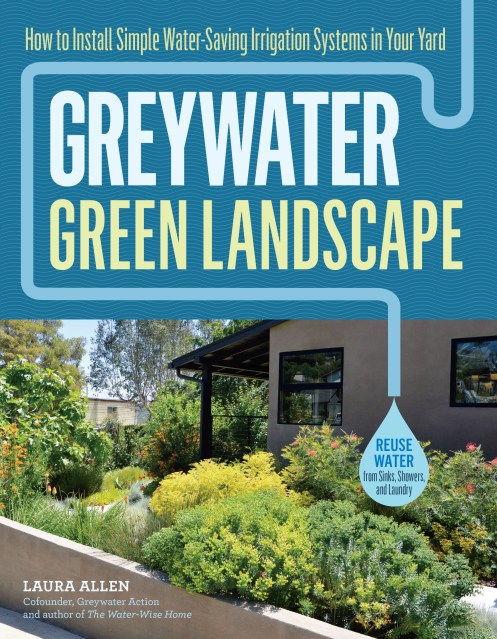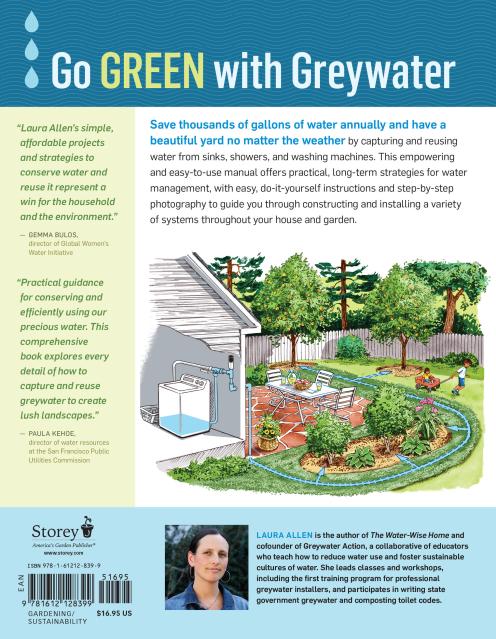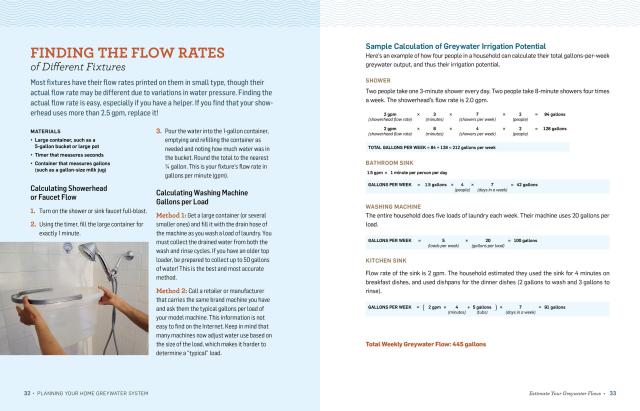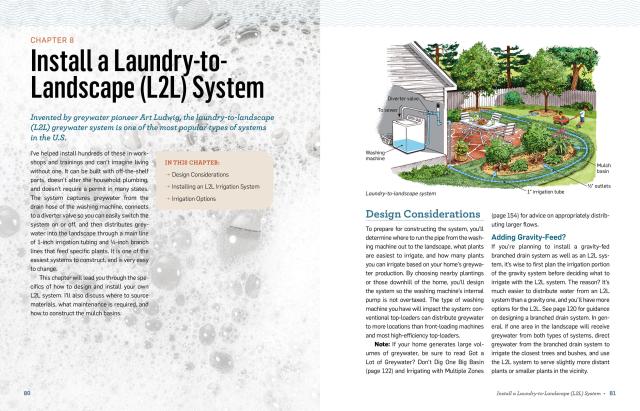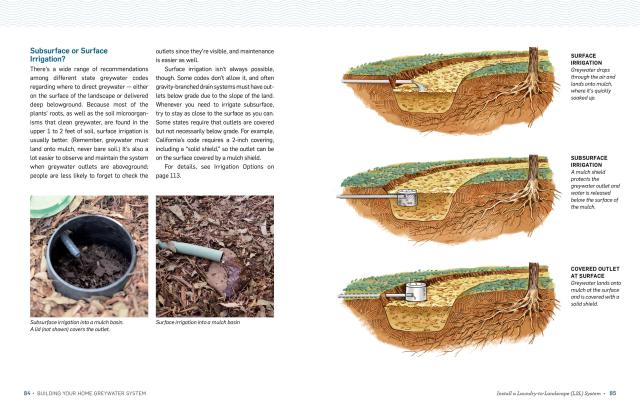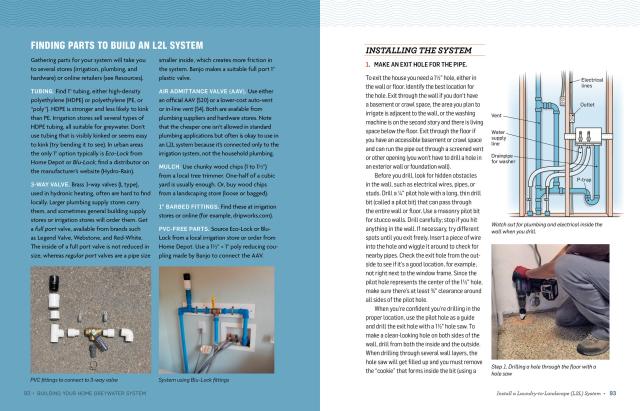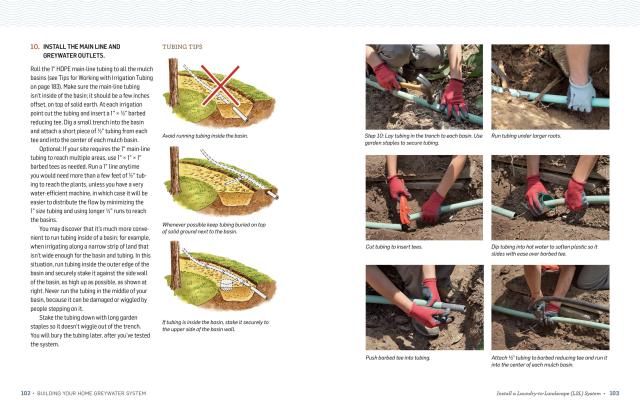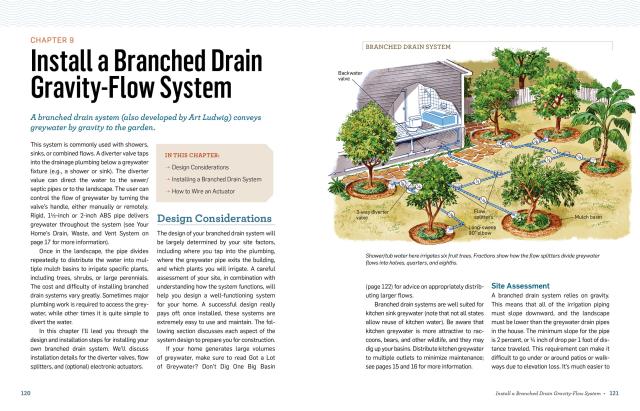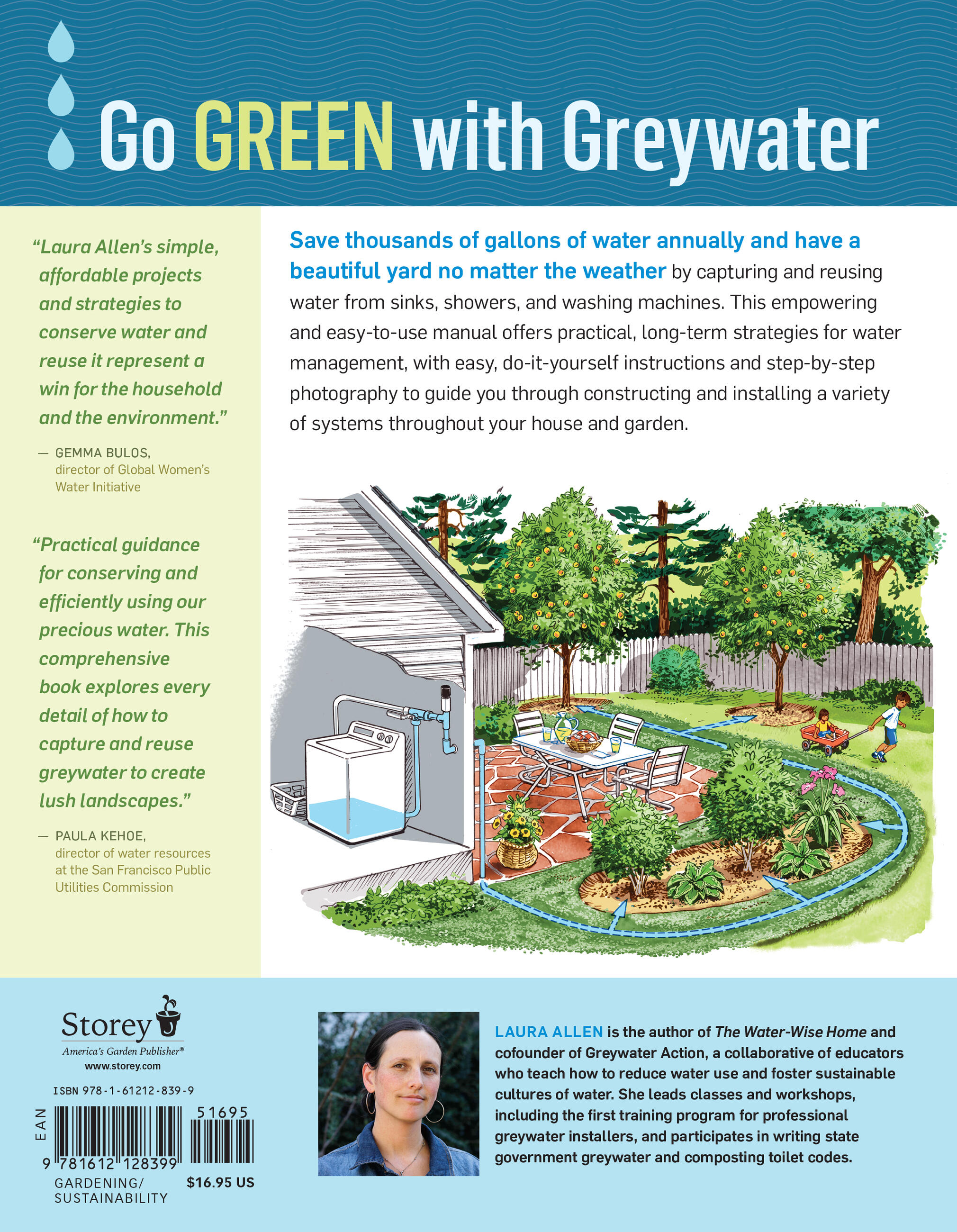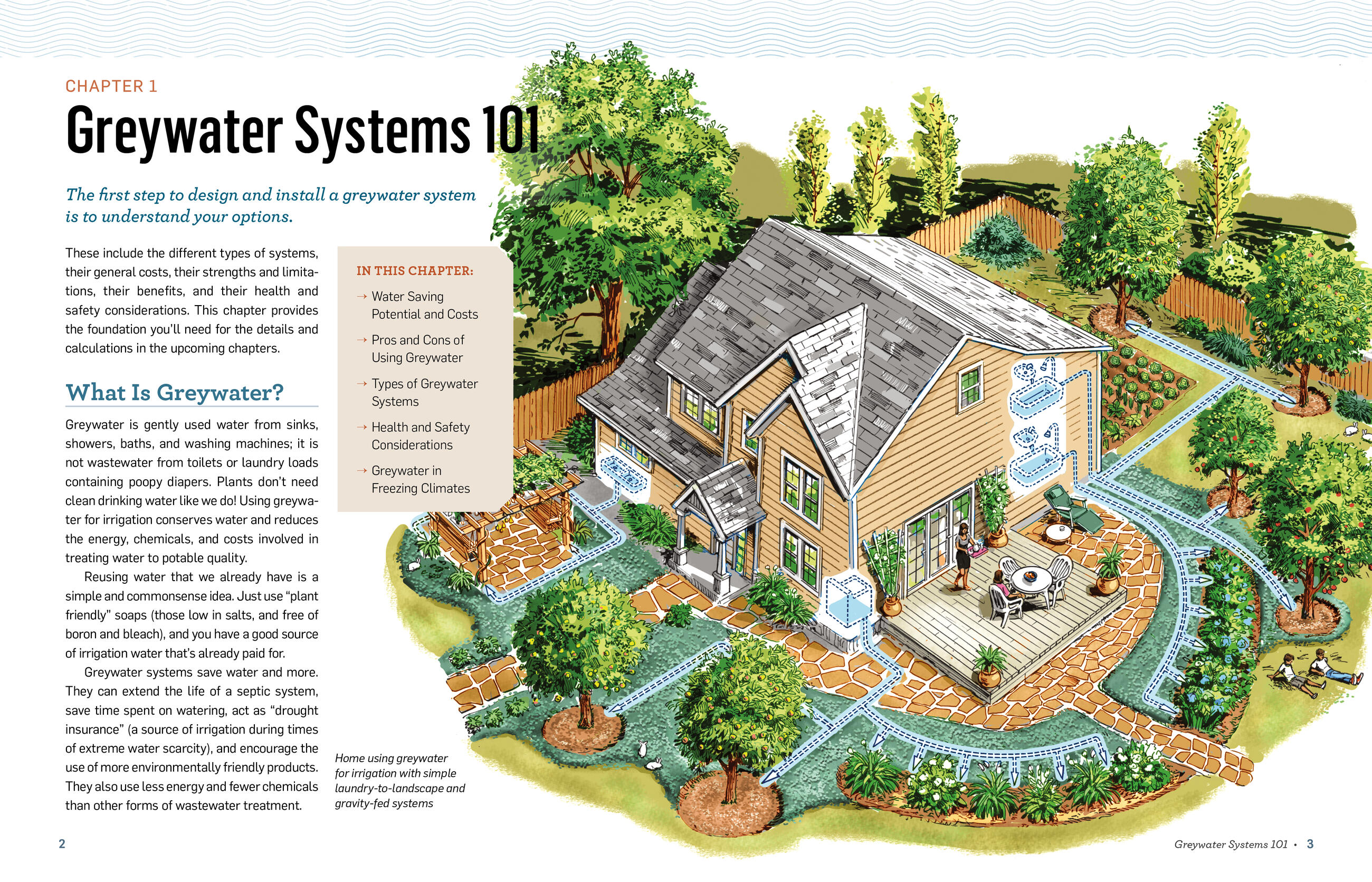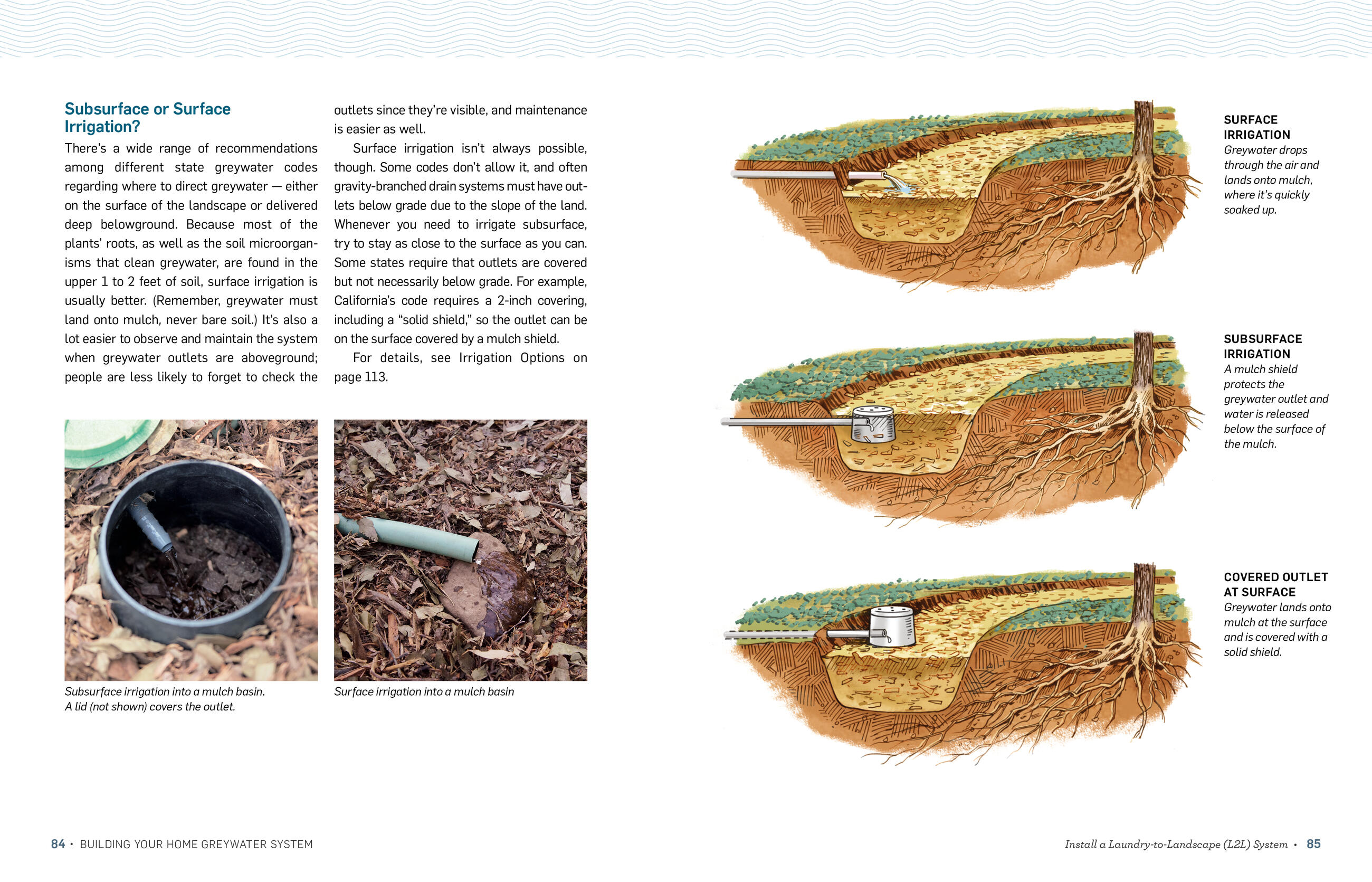Promotion
Use code MOM24 for 20% off site wide + free shipping over $45
Greywater, Green Landscape
How to Install Simple Water-Saving Irrigation Systems in Your Yard
Contributors
By Laura Allen
Formats and Prices
Price
$16.95Price
$22.95 CADFormat
Format:
- Trade Paperback $16.95 $22.95 CAD
- ebook $11.99 $15.99 CAD
This item is a preorder. Your payment method will be charged immediately, and the product is expected to ship on or around April 4, 2017. This date is subject to change due to shipping delays beyond our control.
Also available from:
Keep your lawn and garden lush without wasting resources by capturing and recycling the greywater that drains from your sink, shower, and washing machine. This accessible and detailed guide walks you through each step of planning for and installing a variety of greywater systems, including laundry-to-landscape and branched drain gravity-fed systems. After identifying greywater sources in your home and estimating flow rate, you’ll learn to pinpoint where to redirect the wastewater for the greatest benefit. No matter which system you decide to build, you'll have the information to construct it yourself or move forward with confidence to hire a professional.
Genre:
-
“Simple, affordable projects and strategies to conserve water and reuse it for household food gardens, groundwater recharge, and soil regeneration. These solutions are a win for the household and for the environment.” — Gemma Bulos, director of Global Women’s Water Initiative
“Practical guidance for conserving and efficiently using our precious water. This comprehensive book explores every detail of how to capture and reuse greywater to create lush landscapes.” — Paula Kehoe, director of water resources at the San Francisco Public Utilities Commission
- On Sale
- Apr 4, 2017
- Page Count
- 200 pages
- Publisher
- Storey
- ISBN-13
- 9781612128399
Newsletter Signup
By clicking ‘Sign Up,’ I acknowledge that I have read and agree to Hachette Book Group’s Privacy Policy and Terms of Use
